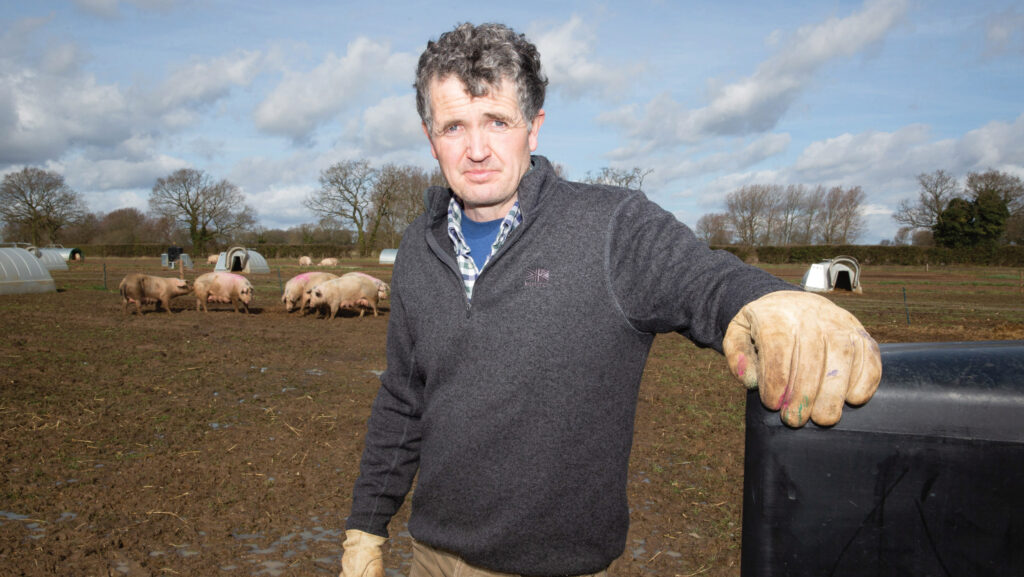Farmer Focus: Applicants for skilled pig staff hard to find
 Rob McGregor © Tim Scrivener
Rob McGregor © Tim Scrivener Two years ago, I wrote about the disappointing start we had experienced farrowing the first of our then, new, Landrace gilts.
These pigs are the dams of our home-bred commercial stock, and it’s from them that the foundations of our herd are built.
We blamed the poor performance on possible errors in the bugging up and acclimatisation procedure after the gilts arrived from the breeding company’s multiplication unit.
See also: Video: Labour shortage is ‘final straw’ for pig farmer
This month, we find ourselves at the same point in the process again, as another intake of Landrace gilts has just started to farrow.
It’s good news. Not only (as previously reported here) has the conception rate been excellent, but 18 of the 20 in the first batch have farrowed and produced more than 12 piglets each on average. That’s two more than last time, and a great start.
This is almost certainly due to the attention to detail put in by our stockmen and women. The quality of the people we employ is critically important to the overall running of the unit.
The mid-tier skills gap I’ve noticed in recent years is worrying.
That said, we have managed to recruit some good young trainees and retain them for a reasonable period, or seen them move to other outdoor pig businesses as part of a well-considered career path.
This is fine by me and nice to see, and it’s how I progressed in my early days.
What’s bothering me is that when we advertise positions asking for five or six years of pig experience, we now get very few, if any, suitable applications.
Apparently, when British Airways advertises pilot jobs, it gets responses from people without pilot’s licences, and the NHS gets people applying for jobs as paramedics who don’t even have first-aid certificates.
So why and where are we going wrong?
Finding our people of the future is a hot topic and one that I will be discussing at the upcoming Pig and Poultry Fair in May, when I join panellists from across the industry brought together by the team at The Institute for Agriculture and Horticulture.
Producing sufficient home-bred gilts is challenging enough; we don’t need the added pressure from relying on home-bred staff as well. We need some fresh blood.

